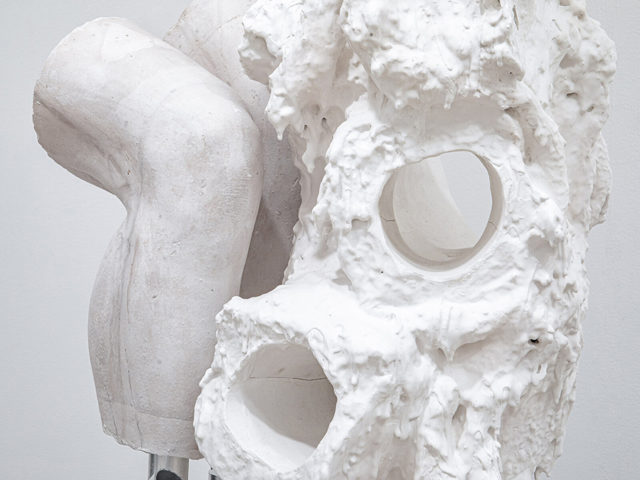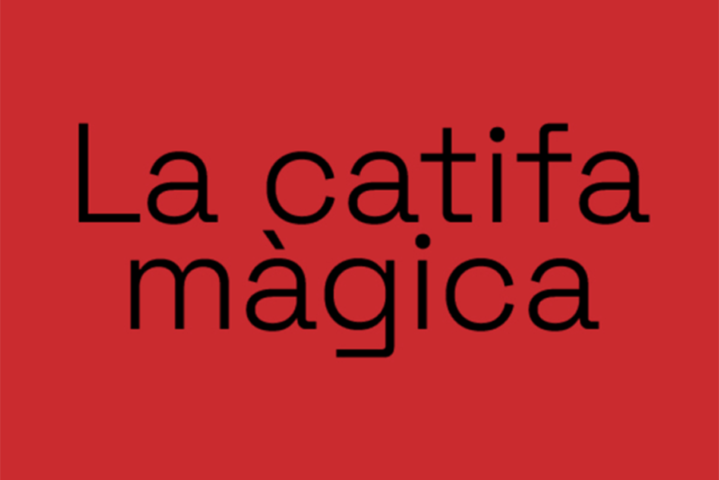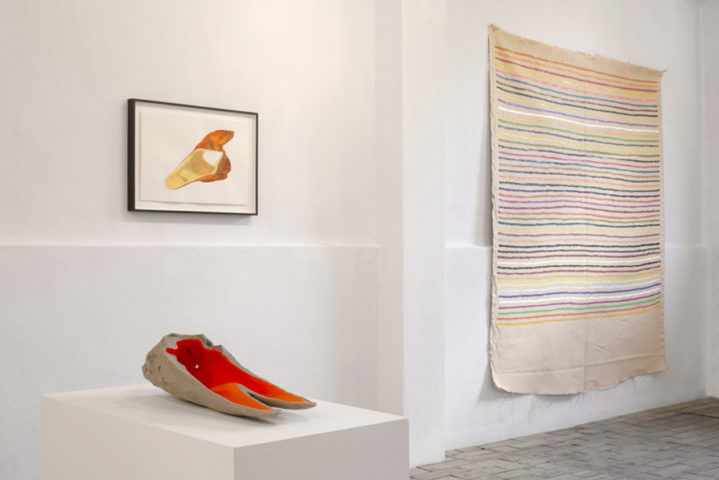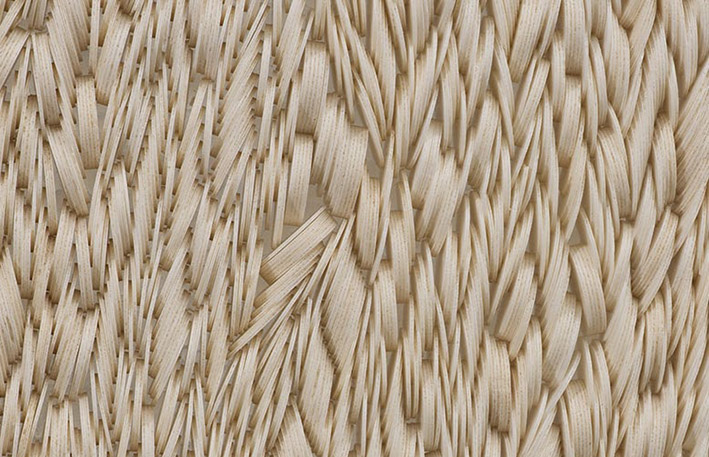Prats Nogueras Blanchard presentaremos un stand (9C06) con obras de:
Mercedes Azpilicueta, Juliana Cerqueira Leite, Victoria Civera, Luis Gordillo, Lola Lasurt, Ana Mendieta, Muntadas, Ester Partegàs, Perejaume, Wilfredo Prieto, José María Sicilia, Nancy Spero, Antoni Tàpies, Ignacio Uriarte y Juan Uslé.
También tendremos un Solo Project de Josep Ponsatí (Banyoles, 1974) en un stand compartido con la galería Bombon (9A01).
6-10 marzo | IFEMA Madrid




